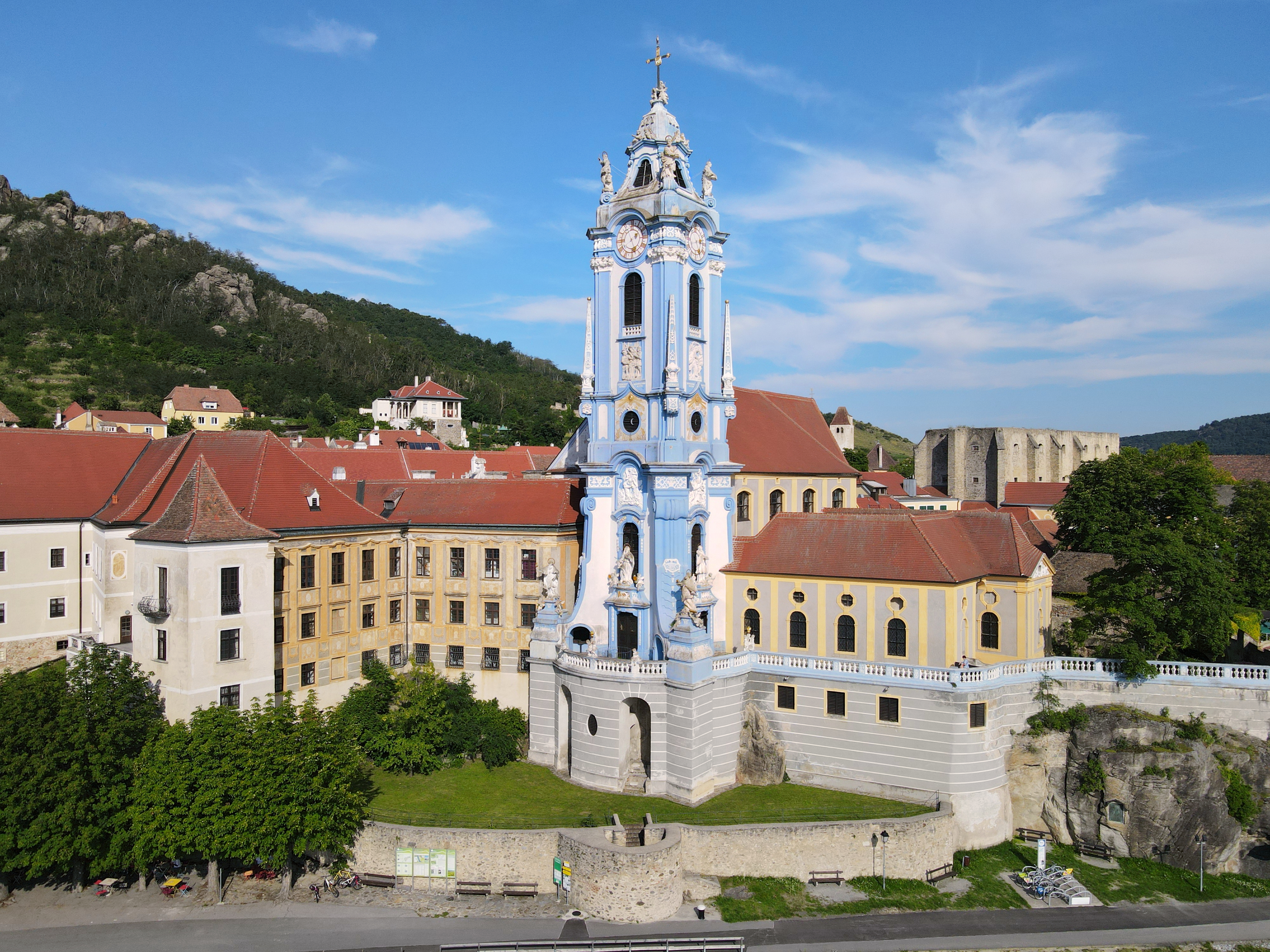Joseph Munggenast on:
[Wikipedia]
[Google]
[Amazon]
Josef Munggenast (5 March 1680 – 3 May 1741) was an  Munggenast was born in Schnann in
Munggenast was born in Schnann in
Niederösterreichisches Landesmuseums Lexikon: entry for Josef Munggenast
Austrian Baroque architects 1680 births 1741 deaths {{Austria-architect-stub
Austria
Austria, , bar, Östareich officially the Republic of Austria, is a country in the southern part of Central Europe, lying in the Eastern Alps. It is a federation of nine states, one of which is the capital, Vienna, the most populous ...
n architect and masterbuilder of the Baroque
The Baroque (, ; ) is a style of architecture, music, dance, painting, sculpture, poetry, and other arts that flourished in Europe from the early 17th century until the 1750s. In the territories of the Spanish and Portuguese empires including t ...
period.
Tyrol
Tyrol (; historically the Tyrole; de-AT, Tirol ; it, Tirolo) is a historical region in the Alps - in Northern Italy and western Austria. The area was historically the core of the County of Tyrol, part of the Holy Roman Empire, Austrian Emp ...
, the nephew of Jakob Prandtauer
Jakob Prandtauer (baptized in Stanz bei Landeck (Tyrol) on 16 July 1660; died in Sankt Pölten on 16 September 1726) was an Austrian Baroque architect.
Trained as a stonemason rather than as an architect, he designed and supervised the constru ...
, who advanced his career and whose influence marked his style for the whole of his life.
From 1717 Munggenast was master mason in Sankt Pölten
Sankt Pölten (; Central Bavarian: ''St. Pödn''), mostly abbreviated to the official name St. Pölten, is the capital and largest city of the State of Lower Austria in northeast Austria, with 55,538 inhabitants as of 1 January 2020. St. Pölten ...
. After Prandtauer's death in 1726 Munggenast continued the projects his uncle had in hand, principally at Melk Abbey
Melk Abbey (german: Stift Melk) is a Benedictine abbey above the town of Melk, Lower Austria, Austria, on a rocky outcrop overlooking the Danube river, adjoining the Wachau valley. The abbey contains the tomb of Saint Coloman of Stockerau and the ...
, Herzogenburg Priory
Herzogenburg Monastery (german: Stift Herzogenburg) is an Augustinian monastery located in Herzogenburg in Lower Austria. Founded in 1112 by Augustinian Canons, the monastery was refurbished in the Baroque style in 1714 by Jakob Prandtauer, Johann ...
and the Pilgrimage Church of the Holy Trinity on the ''Sonntagberg'' near Seitenstetten Abbey
Seitenstetten Abbey (german: Stift Seitenstetten) is a Benedictine monastery in Seitenstetten in the ''Mostviertel'' region of Lower Austria.
History
The monastery was founded in 1112 by Udalschalk, or Udiskalk, a relative of Bishop Ulrich of Pa ...
, for which he was the masterbuilder from 1718.
Together with Matthias Steinl
Matthias Steinl (otherwise Steindel, Staindle, Steindl or Stinle) (c. 1644–18 April 1727) was an Austrian painter, architect and designer, and one of the country's best known Baroque sculptors. Together with Johann Bernhard Fischer von Erlac ...
he built the towers at Zwettl Abbey
Zwettl Abbey (german: Stift Zwettl) is a Cistercian monastery located in Zwettl in Lower Austria, in the Diocese of St. Pölten.
History
Zwettl Abbey was founded in 1137 by Hadmar I of Kuenring, with Herrmann, a monk of Heiligenkreuz Abbey, as ...
and Dürnstein Abbey
Dürnstein is a small town on the Danube river in the Krems-Land district, in the Austrian state of Lower Austria. It is one of the most-visited tourist destinations in the Wachau region and also a well-known wine growing area. The municipality c ...
.
His main works are the Baroque refurbishments of Altenburg Abbey
Altenburg Abbey (german: Stift Altenburg) is a Benedictine monastery in Altenburg, Lower Austria. It is situated about to the north of Krems an der Donau in the Waldviertel. It was founded in 1144,by Countess Hildeburg of Poigen-Rebgau. Throug ...
and Geras Abbey
Geras Abbey (''Stift Geras'') is a Premonstratensian monastery in Geras in Lower Austria. Since 1783, it has also owned the premises of the former Pernegg Abbey nearby.
History
The abbey was founded in 1153 as a daughter house of Seelau Abbey ...
in the 1730s.
After his death in Sankt Pölten his business was carried on by his sons Franz Munggenast and Matthias Munggenast.
External links/Sources
Niederösterreichisches Landesmuseums Lexikon: entry for Josef Munggenast
Austrian Baroque architects 1680 births 1741 deaths {{Austria-architect-stub